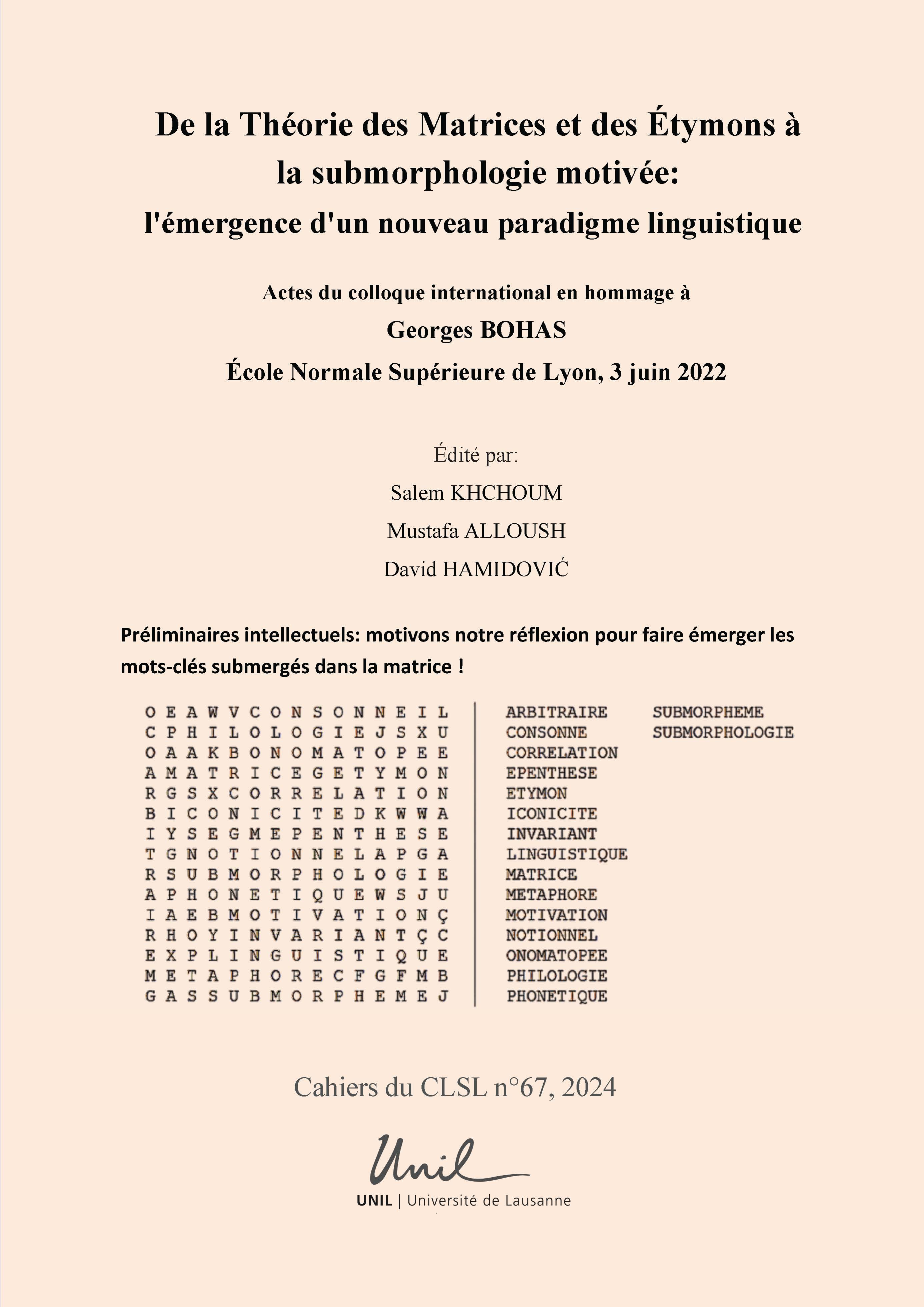Abstract
It is noticeable that in Heidegger’s discourse, the different determinations of Being are largely linked up by means of the ‘st’ sequence in the verbs ‘stand’, ‘stellen’, ‘stehen’ and all their compounds, as well as in certain forms (‘west’, ‘ist’) of the ‘sein’ verb paradigm. An Indo-European root conveying the meaning of stability, permanence, iconic representation of time, embodiment of the notio of limit, of the end of a process, the sequence ‘st’ appears in Heidegger’s work suitable for expressing ‘Sein’ and ‘Phusis’, and we’ll follow him along this path in the first part of this article. In the second part, we turn our attention to the ‘f’ and ‘s’ sequences in ‘phusis’: together with ‘st’, we consider them to form a group of submorphemes endowed with a strong motivation in the perspective of Heidegger’s quest for Being. In conclusion, we propose to consider them as matrix speech and as embodied vital experience.
